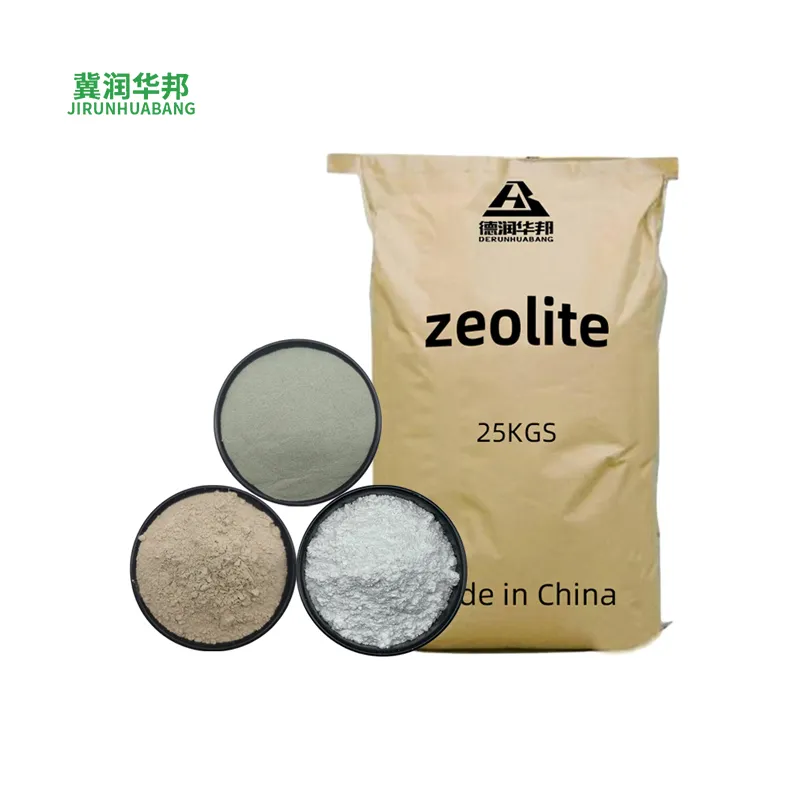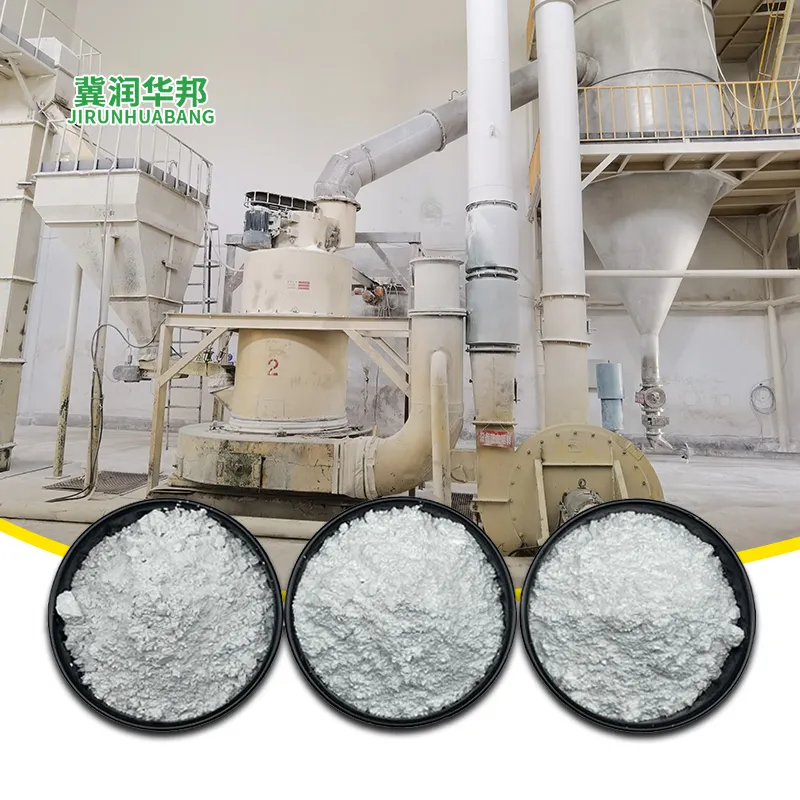types of mica sheet
Back to list
2月 . 14, 2025 01:28
Understanding the Different Types of Mica Sheets
Rigid Mica Sheets Structural Integrity Defined Rigid mica sheets, as the name suggests, provide improved structural integrity. These sheets are composed by impregnating mica paper with a silicone resin binder, creating a hardened material. This type is primarily used where a combination of insulation and rigidity are desired. Seasoned engineers often recommend rigid mica sheets for furnace construction, heat shields, and automotive heat insulation due to their ability to maintain shape and integrity under pressure and high temperatures. Their reliable performance underscores their authority in applications where both strength and insulation are crucial. Flexible Mica Sheets Versatility Meets Insulation Flexible mica sheets offer a unique blend of flexibility and insulative properties, making them suitable for applications requiring molded or contoured shapes. Typically composed of fine mica paper bonded with a small percentage of binder, these sheets retain the essential properties of mica while allowing for adaptability in form. Experts in the manufacturing sector highlight the importance of flexible mica sheets in household appliances, motor insulation, and gasket applications. Their ability to conform to various shapes without compromising performance makes them a trustworthy option in multiple domains. Applications and Industry Usage From electrical and thermal insulation to soundproofing and structural applications, mica sheets serve a wide spectrum of industrial needs. Their unique properties ensure reliability in demanding environments, from household appliances to advanced industrial settings. By selecting the right type of mica sheet, industries can achieve optimal performance, longevity, and efficiency. Conclusion Selecting the appropriate mica sheet type requires a comprehensive understanding of each variety's inherent properties and potential applications. From muscovite's exceptional electrical insulation to phlogopite's superior heat resistance, each type offers unique advantages suited to specific industrial demands. With hands-on experience and authoritative insights at your disposal, leveraging the right mica sheet not only optimizes performance but also ensures safety and reliability across applications.


Rigid Mica Sheets Structural Integrity Defined Rigid mica sheets, as the name suggests, provide improved structural integrity. These sheets are composed by impregnating mica paper with a silicone resin binder, creating a hardened material. This type is primarily used where a combination of insulation and rigidity are desired. Seasoned engineers often recommend rigid mica sheets for furnace construction, heat shields, and automotive heat insulation due to their ability to maintain shape and integrity under pressure and high temperatures. Their reliable performance underscores their authority in applications where both strength and insulation are crucial. Flexible Mica Sheets Versatility Meets Insulation Flexible mica sheets offer a unique blend of flexibility and insulative properties, making them suitable for applications requiring molded or contoured shapes. Typically composed of fine mica paper bonded with a small percentage of binder, these sheets retain the essential properties of mica while allowing for adaptability in form. Experts in the manufacturing sector highlight the importance of flexible mica sheets in household appliances, motor insulation, and gasket applications. Their ability to conform to various shapes without compromising performance makes them a trustworthy option in multiple domains. Applications and Industry Usage From electrical and thermal insulation to soundproofing and structural applications, mica sheets serve a wide spectrum of industrial needs. Their unique properties ensure reliability in demanding environments, from household appliances to advanced industrial settings. By selecting the right type of mica sheet, industries can achieve optimal performance, longevity, and efficiency. Conclusion Selecting the appropriate mica sheet type requires a comprehensive understanding of each variety's inherent properties and potential applications. From muscovite's exceptional electrical insulation to phlogopite's superior heat resistance, each type offers unique advantages suited to specific industrial demands. With hands-on experience and authoritative insights at your disposal, leveraging the right mica sheet not only optimizes performance but also ensures safety and reliability across applications.
Share
Previous:
Next:
